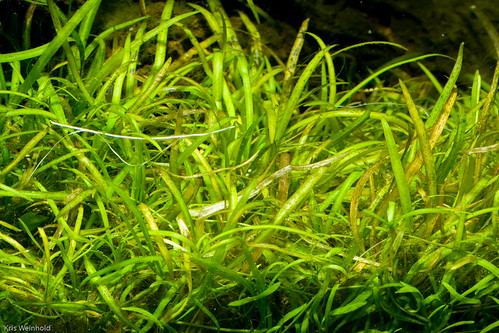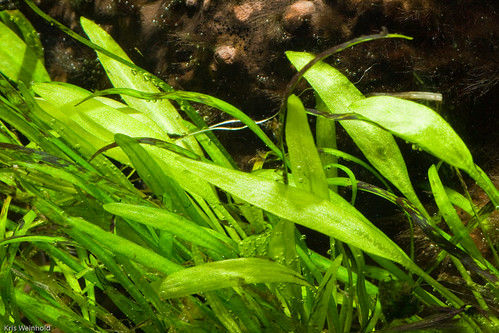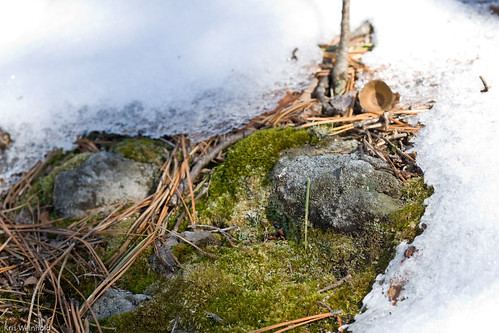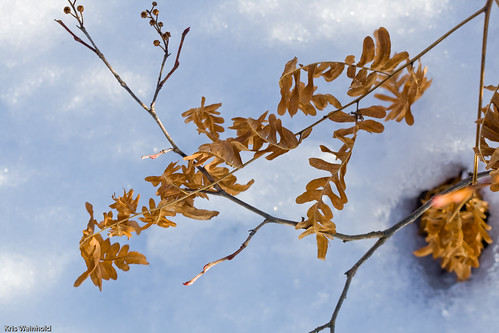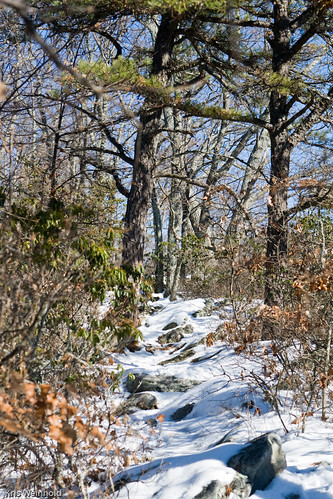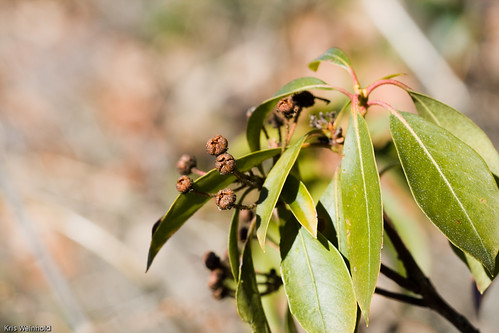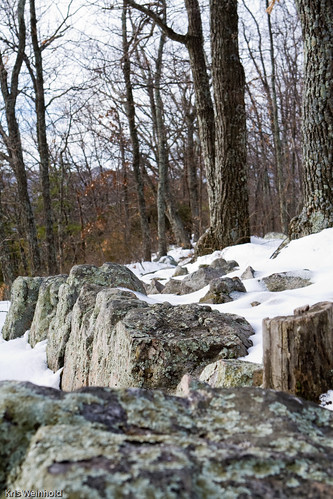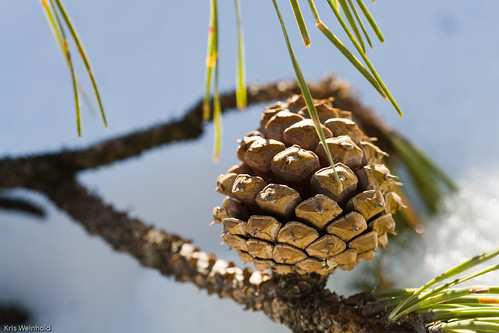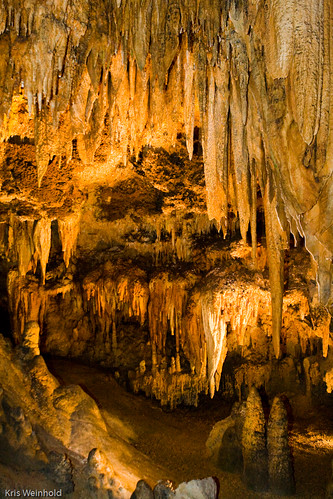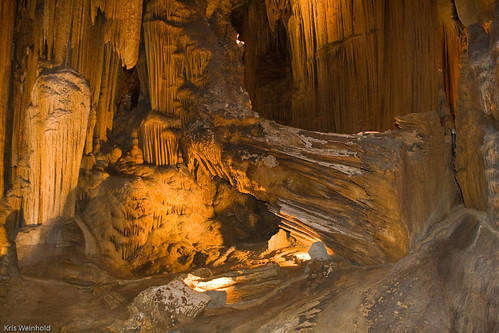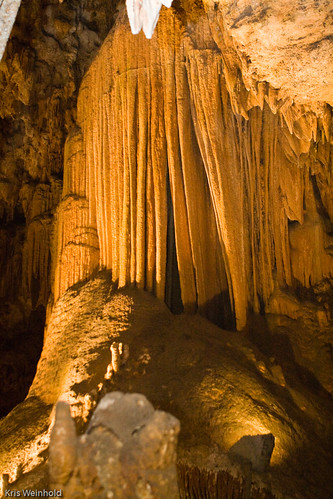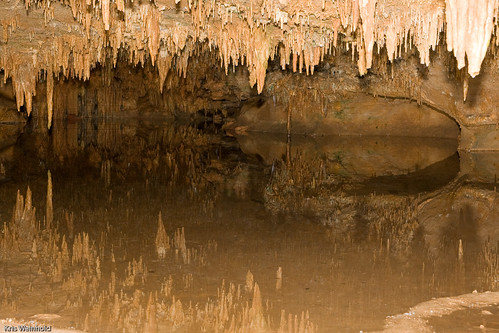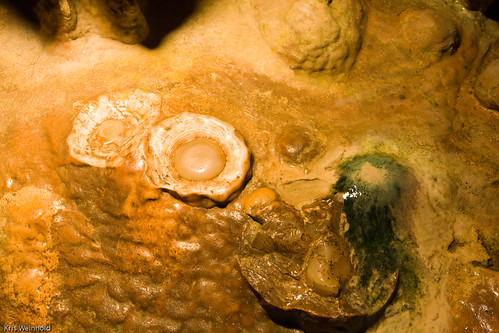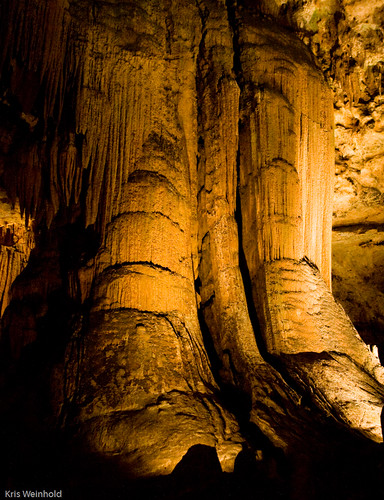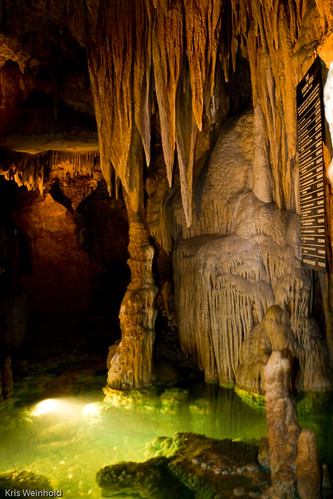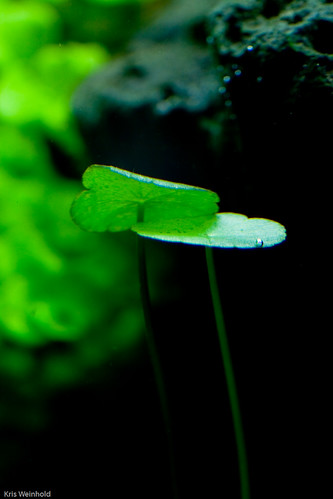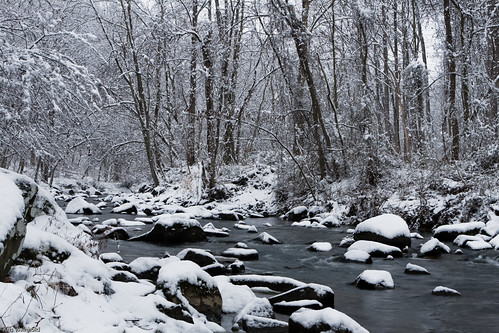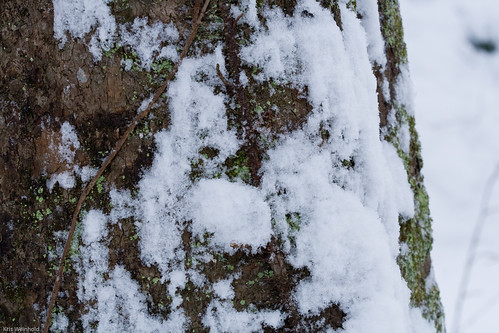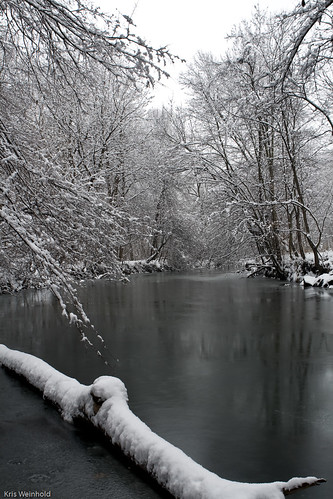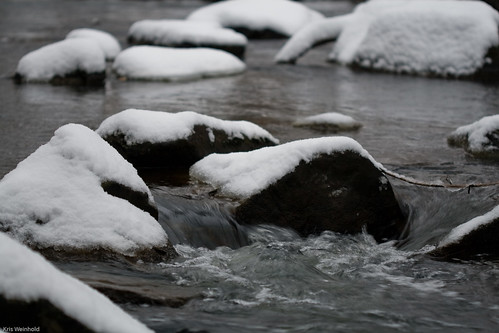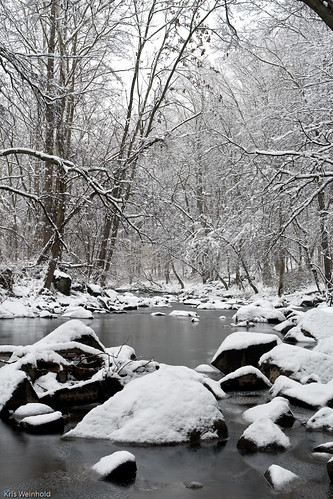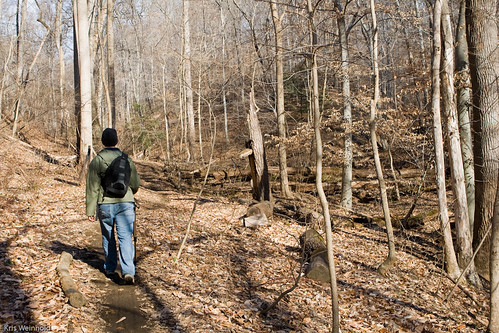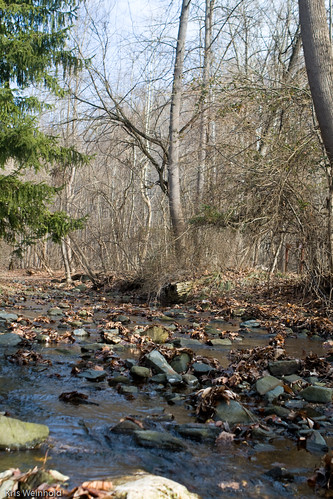 The Capital Cichlid Association opened the year by bringing in Julie from FryBabies.com to talk about keeping, and breeding, Tropheus cichlids from Lake Tanganyika.
The Capital Cichlid Association opened the year by bringing in Julie from FryBabies.com to talk about keeping, and breeding, Tropheus cichlids from Lake Tanganyika.
Tropheus are a mouth-brooding cichlid that are fairly common among African cichlid keepers. I, myself, have never kept them, so I found Julie’s talk quite interesting. She imports a lot of fish, making it unpractical to slowly acclimate new imports to her water. So, presuming the pH of the two waters is not terribly different, she simply nets them from the bag, and puts them in her tank. While this may sound alarming, she indicates that she has had zero deaths resulting for this treatment, which is not true for when she slowly acclimated them.
Once in the tank, she withholds feeding them for 3 days to allow their gut to clear of any previous food. Then, watching for some trouble signs (stringy feces), she gradually increases the amount of food she gives them — mostly vegetable-based foods.
Her tanks are generally 50-75G, and she sets them up using rocks/wood to obscure long lines of sight. This helps to lower the aggression level of the males to one another. In addition, she usually stocks at least 20 fish per tank so that no one male beats up on the other fish. The idea is that with that many fish, the aggression will be spread out evenly, resulting in few if any deaths.
When the Tropheus breed, she usually doesn’t strip the eggs from the mouths of the female. In most cases, she allows the parents to raise the fry themselves until the fry are about 1/2″-3/4″ in length. However, if Julie does end up extracting the eggs, she usually waits about 2 weeks until heads and tails are developed and visible in the egg. She has observed that if she does it before this time, the number of fry surviving the move to their own tank decreases. To extract the eggs, she fills an airline tube with water, inserts it into the female’s mouth, and holding the fish upside down, blows on the opposite end of the tube to force water into the female’s mouth. The female usually releases the eggs, but 2-3 tries may be needed to get all of them. A CCA member noted that it’s also possible to just move the female to a small tank of her own, and she’ll usually get stressed, dropping the eggs.
Julie rarely feeds any live foods to her Tropheus, but if she does, she’s sure to follow that feeding with a heavy veggie meal to help push the meat through the fish’s gut. Failure to do this can cause fatal problems with Tropheus due to the length of their intestines, so it’s probably best to stick to a vegetarian diet. Multiple species of Tropheus can be kept in the same tank, but make sure they are different color forms. Even so, if you plan on selling the fry, it’s best to keep each species in their own aquarium. You can, however, keep other types of fish, such as Petrochromis, catfish, and gobies with Tropheus, as long as you ensure that the habitat of the aquarium is appropriate for all species involved.
All-in-all an interesting talk from someone who’s bred her fair share of Tropheus!




